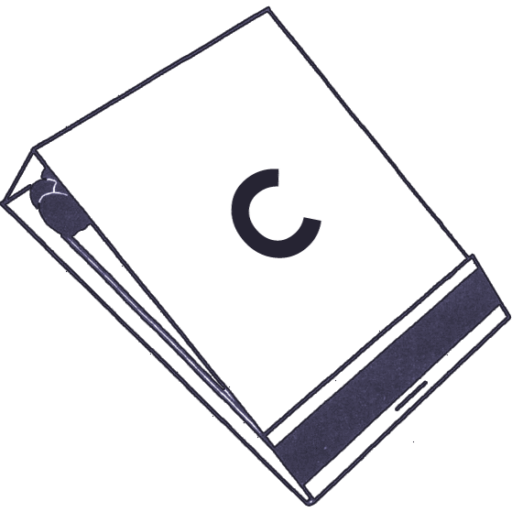A Different Take on Solving Hard Problems
About twenty years ago, I developed a repetitive stress injury from playing guitar. I was in a band, and I had to quit. The pressure I had to apply to the fretboard created a tendon issue that just wouldn’t go away.
But I wasn’t ready to walk away from music entirely. If I couldn’t play guitar, I figured I’d get into electronic music. So I bought a copy of Reason, a program used by music producers to make beats.
And immediately I was underwater. The interface looked like a spaceship. Cables everywhere, buttons for days. It was wildly intimidating. And this was before YouTube tutorials could walk you through every feature.
So I turned to a friend of a friend I knew in Austin named Quinn. He was a music producer. Trained in Jazz and technically gifted, He used Reason, and he was incredible with it. He was also high most of the time (occupational hazard, apparently). I offered to pay him to teach me.
I went over to his place expecting I’d get a couple useful lessons. Instead, I got overwhelmed. His fingers flew across the keyboard. He pulled samples, stacked effects, and rewired virtual racks so quickly I couldn’t follow any of it. I’d ask a question and his answer would make things worse. He wasn’t trying to be difficult. But he literally couldn’t explain what he was doing in a way I could understand.
That’s the first sign that someone is too far ahead of you to be useful.
Their knowledge has become tacit—unspoken, automated, and impossible to break down for someone at an earlier stage. There’s a name for this: the expert’s curse. It shows up in every domain. The better someone gets, the harder it becomes for them to remember what it was like to be a beginner.
But this isn’t just about personality or communication skills. There’s a deeper principle here—one that comes from learning psychology.
A Russian psychologist named Lev Vygotsky came up with a concept called the Zone of Proximal Development. It’s the range between what you can do on your own and what you can do with help. The idea is simple: real learning happens just outside your comfort zone, when you’re stretched, but not overwhelmed, by guidance from someone slightly more capable.
Quinn wasn’t in that range for me. He wasn’t one step ahead. He was on another planet. What I needed was someone who had just recently figured out how to use Reason—someone who still remembered what was confusing, and who had to stumble through the same problems I was facing.
I didn’t need the mountaintop. I needed the next ridge.
So here’s the framework I use now:
Picture your progress as a ladder. You’re stuck on rung four. You don’t need help from someone on rung twelve. Their advice won’t land. What you need is someone on rung five or six. Someone who can show you how to make the next move.
That person is your near-peer. They still remember the struggle. They haven’t yet gone “automatic” with the knowledge. And because of that, they can explain it clearly, in a language you understand.
This isn’t just about who to learn from. It also says something about how we should teach.
If you’re an expert, and you actually want to help people learn, your job isn’t to explain better. Your job is to get people doing the thing. Build in practice. Give them a challenge. Make them make a decision. Because knowledge doesn’t stick from lectures. It sticks when it is applied.
That’s the entire philosophy behind my company, Actionworks. I’ve seen it over and over again: being a good teacher has almost nothing to do with how much you know. It’s about whether you can inspire someone to take action. Action creates momentum. Action leads to insight. And action is what makes the lesson stick.
The good news is, it’s easier than ever to find your near-peers. YouTube is full of them. ChatGPT can simulate a tutor at your exact level of knowledge. You don’t need a genius. You need someone just ahead of you. That’s the person who can help you solve your problem.
So when you’re stuck, don’t reach for the top. Just reach one rung up.
Postscript: Years later, I discovered music making software called Ableton Live (shout out Mark, one of my readers who works there!) with far better tutorials and ended up making music I was proud if. It just took finding learning resources that met me where I was at.
Thanks to early readers: Chris Cafiero, Mak Rahman
